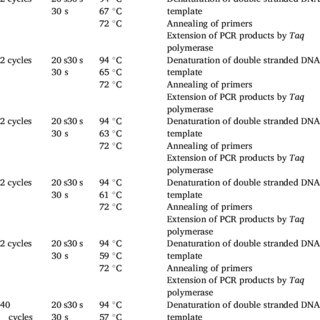April 2024
·
36 Reads
The Onderstepoort journal of veterinary research
Interface areas shared by humans, domestic and wild animals may serve as high transmission contexts for Toxoplasma gondii. However, knowledge about the epidemiology of T. gondii in such areas is currently limited. The present study assessed the seroprevalence of T. gondii in different hosts from Mpumalanga, South Africa. Furthermore, we investigated the local knowledge and related practices about T. gondii by conducting a questionnaire study in the community. Blood samples were obtained and analysed for T. gondii antibodies using a commercial multispecies latex agglutination kit. The seroprevalence detected in humans (n = 160; patients showing signs of acute febrile illness), cats (n = 9), chickens (n = 336) and goats (n = 358) was 8.8%, 0.0%, 4.2% and 11.2%, respectively. Seroprevalence in impalas (n = 97), kudus (n = 55), wild dogs (n = 54), wildebeests (n = 43), warthogs (n = 97) and zebras (n = 68) was calculated at 5.2%, 7.3%, 100.0%, 20.9%, 13.4% and 9.1%, respectively. The questionnaire revealed that 63.0% of household owners were subsistence farmers, and 35.9% were pet owners. A high level of female participation was found (75.3%) when compared to male participation (24.7%). The results show a low circulation of T. gondii in the domestic cycle and suggest the presence of possible bridges between the wildlife cycle and the surrounding domestic cycle.Contribution: The study contributes to identifying transmission patterns and risk factors of T. gondii within human and animal populations. This topic fits within the scope of the journal presenting original research in veterinary science, with the focus on wild and domestic populations on the African continent on a topic of universal importance.



















